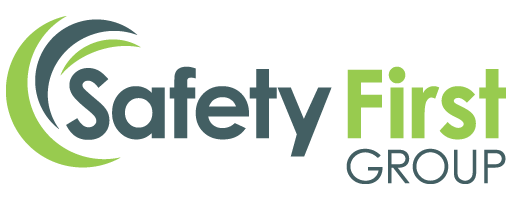Thermal Environment Surveys
Managing heat and cold stress in the workplace
In today’s diverse work environments, from scorching factory floors to freezing outdoor sites, temperature plays a critical role in employee safety, health, and productivity. Whether you’re managing a manufacturing plant, a construction site, or a cold storage facility, understanding and controlling thermal conditions is essential. That’s where a Thermal Environment Survey becomes a vital tool.
What is a thermal environment survey?
A Thermal Environment Survey assesses the environmental conditions in workplaces where temperature extremes, either heat or cold, could affect the health, safety, and performance of workers. These surveys are designed to evaluate the risk of heat stress and cold stress, helping employers comply with legal requirements and implement controls to protect their workforce.
Why it matters: The impact of thermal stress
Thermal stress isn’t just uncomfortable, it can be dangerous. Prolonged exposure to extreme temperatures can cause serious health issues and reduce worker efficiency, focus, and decision-making.
Heat stress risks include:
- Heat exhaustion and heat stroke
- Dehydration
- Fatigue and impaired judgment
- Increased risk of accidents and injuries
Cold stress risks include:
- Hypothermia
- Frostbite
- Reduced dexterity and mobility
- Increased error rates due to slowed reaction times
Employers have a legal duty to assess and manage these risks under occupational health and safety regulations, such as:
- The Workplace (Health, Safety and Welfare) Regulations
- The Health and Safety at Work Act
- ISO 7243 (for heat stress) and ISO 15743 (for cold environments)
Industries that benefit from thermal environment surveys
Thermal environment surveys are relevant across a wide range of sectors, including:
- Construction (both indoor refurbishment and outdoor work)
- Manufacturing (especially metal, glass, and chemical industries)
- Food production and cold storage
- Mining and utilities
- Agriculture and outdoor labour
- Transport and logistics (especially refrigerated haulage)
What does a thermal environment survey involve?
Our survey process is comprehensive and tailored to your workplace conditions:
- Initial consultation & site visit
We begin by understanding your operations, work routines, and areas of concern. - On-site monitoring
Using specialised instruments, we measure key parameters such as:
– Air temperature
– Radiant temperature
– Relative humidity
– Air velocity
– Wet bulb globe temperature (WBGT)
– Clothing and metabolic rate (where applicable) - Data analysis
Data is analyzed against occupational exposure limits and standards to determine thermal strain levels and identify high-risk areas. - Recommendations & reporting
– We provide a detailed report that includes:
– Hazard identification and risk assessment
– Recommendations for engineering controls (e.g., ventilation, insulation, cooling/heating systems)
– Administrative controls (e.g., work-rest schedules, hydration plans, PPE guidance)
– Legal compliance advice
Why choose professional thermal surveys?
Attempting to evaluate thermal conditions without proper expertise or instrumentation can lead to underestimating the risks and failing to protect your workforce. Our professional service offers:
- Accurate data collection using calibrated equipment
- Compliance with national and international standards
- Practical, cost-effective recommendations
- Peace of mind for management, workers, and safety team
Take action: Protect your team from thermal stress
Whether you’re battling intense heat in a factory or managing freezing conditions in logistics, a thermal environment survey is the first step to creating a safer, more productive workplace.
Contact our friendly team of experts to find out more about Lead in Paint Sampling or any of our other services:
Find out more
Please complete the form below to register your interest in running a specially designed training programme to meet your learning needs.
Call: 0845 004 2133
Email: enquiries@safetyfirstgroup.co.uk
